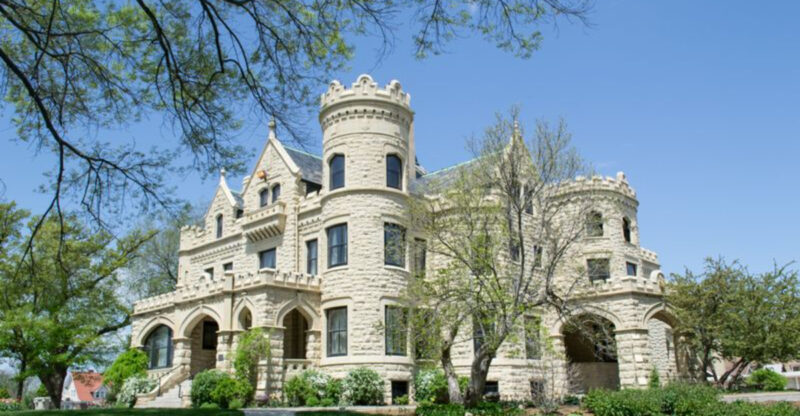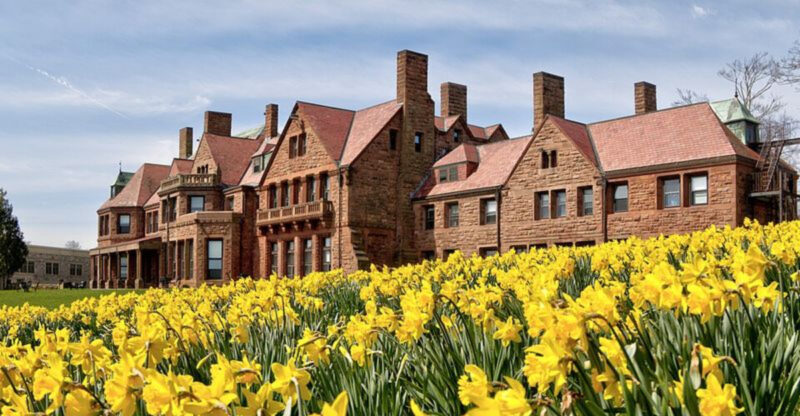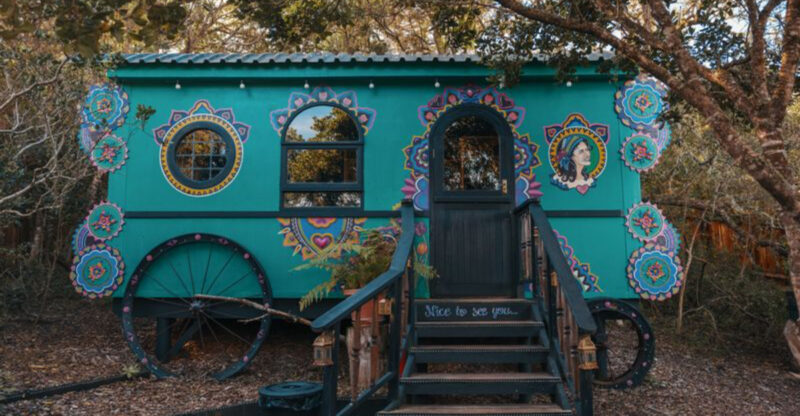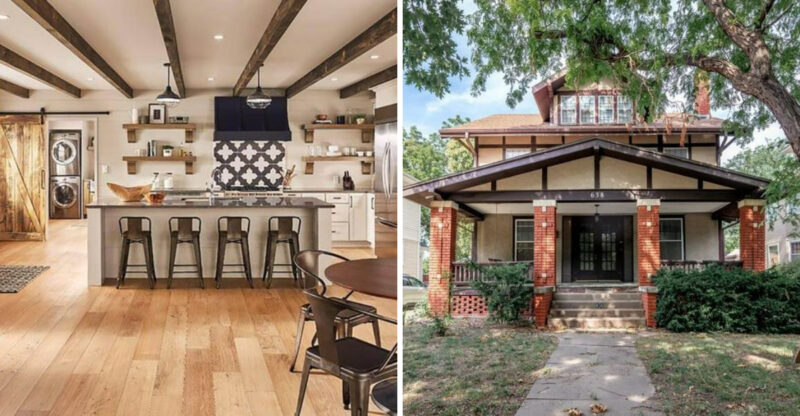11 South Carolina Cottages That Capture Timeless Southern Charm
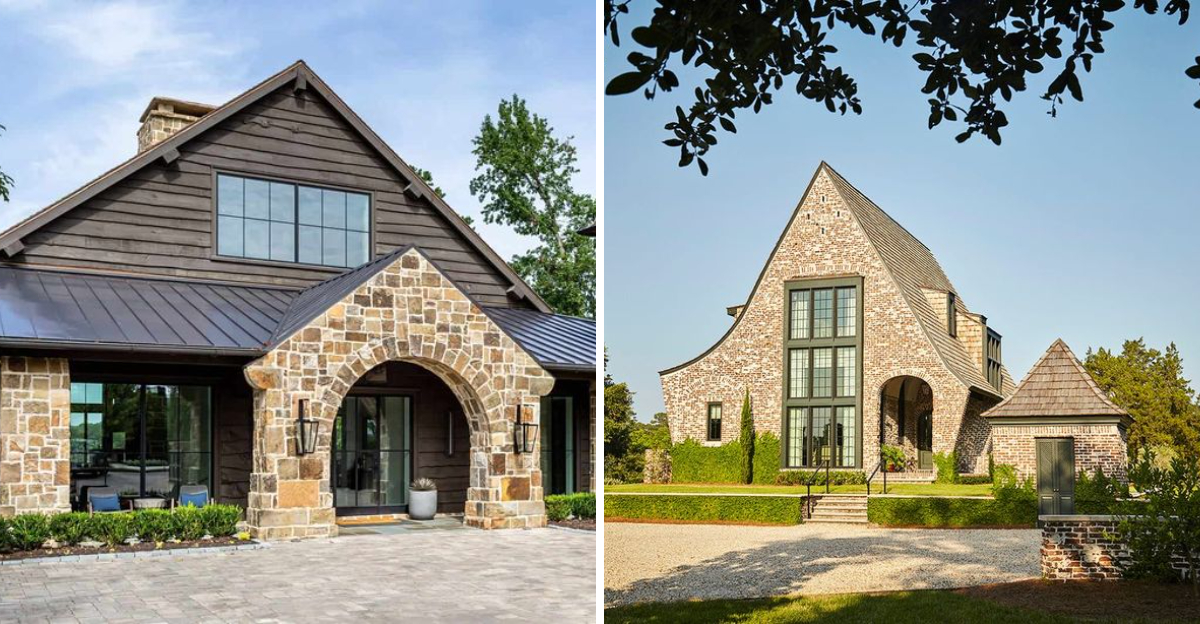
South Carolina’s landscape is dotted with charming cottages that tell stories of the state’s rich history and architectural heritage. These homes blend practicality with beauty, offering glimpses into Southern living across different eras and regions. From historic Beaufort to coastal Sullivan’s Island, these 11 cottages showcase the timeless appeal of Southern design that continues to inspire homeowners today.
1. The Cobbler’s Cottage, Beaufort
Nestled in Beaufort’s Historic District, this modest clapboard cottage dates back to 1870. Originally home to a local shoemaker, its double-tiered piazzas face southward to capture cooling river breezes.
The working-class home exemplifies practical Southern design with its simple lines and functional beauty. Despite its humble origins, the cottage stands as a testament to Beaufort’s preservation of everyday historical architecture.
2. Allen-Lockwood House, Bluffton
Perched elegantly on brick piers since 1850, this Lowcountry summer retreat showcases how early South Carolinians battled the heat. High ceilings and strategically placed windows create natural air conditioning through cross-ventilation.
The generous southern porch practically begs for rocking chairs and sweet tea. While modest by today’s standards, this cottage demonstrates how architectural ingenuity created comfort long before modern conveniences.
3. Rev. Frank Yarborough House, Batesburg-Leesville
Victorian charm meets Southern practicality in this 1906 one-story cottage. Elevated on brick piers for ventilation, its defining wraparound porch creates the perfect observation post for small-town life.
The steep cross gable adds architectural interest while the generous eaves provide essential shade. Imagine the Sunday afternoons spent here after church, with neighbors stopping by for conversation as horse-drawn carriages passed on unpaved streets.
4. Caldwell-Johnson-Morris Cottage, Anderson
Don’t let this 1851 cottage fool you, what appears two-story is actually a clever raised design. The high steps and brick basement create an imposing presence despite its modest footprint.
Standing quietly on Anderson’s historic streets, this architectural sleight-of-hand demonstrates how early South Carolinians maximized presence without excessive materials. The raised design also provided practical benefits: protection from flooding and improved ventilation during sweltering summers.
5. Charleston-Style “Freedman’s” Cottage, Charleston
Small but mighty, these vernacular cottages rarely exceed 500 square feet yet hold enormous historical significance. Oriented perpendicular to Charleston’s streets, their distinctive side piazzas maximize narrow lot space.
Built primarily by and for formerly enslaved people after the Civil War, these humble dwellings represent hard-won independence. Their efficient two-room design demonstrates how architectural necessity created a uniquely Charleston housing style that remains beloved today.
6. Wild Marsh Cottage, St. Helena Island
Ancient building wisdom meets modern design in this contemporary dog-trot reinterpretation. Two sleek structures flank a covered breezeway that naturally cools the home, no air conditioning required on perfect days!
Located on St. Helena Island, this innovative cottage honors Gullah Geechee building traditions while embracing clean lines and sustainable materials. The result? A home that feels both timeless and thoroughly contemporary, proving good design principles never go out of style.
7. All-American-Style Cottage, Greenville
Patriotism meets comfort in this newer 2,400-square-foot Greenville beauty. Clad entirely in American-made materials, it celebrates domestic craftsmanship while honoring Southern architectural traditions.
The showstopper? Dual porches, both wraparound and screened, that blur the line between indoors and out. Morning coffee on the front porch, afternoon reading in screened comfort, evening cocktails watching fireflies, this cottage understands the Southern rhythm of life.
8. Historical Beach Cottage, Sullivan’s Island
Rising above hurricane threats since the 1830s, this elevated beach cottage demonstrates coastal resilience. Careful preservation maintained its historical integrity while thoughtful extensions added modern comfort.
Hurricane shutters aren’t just decorative here; they’re functional protection against Atlantic storms. From its wide porches, generations have watched dolphins play and storms roll in, a testament to building practices that respect nature’s power while embracing its beauty.
9. Low-Country Cottage Home, Palmetto Bluff
Oyster shells crunch underfoot as you approach this Bluffton beauty, where casual elegance defines Lowcountry living. The wide front porch serves as an outdoor living room, perfectly positioned to catch afternoon breezes.
Above the detached garage, a guest suite awaits visiting friends and family. Every element, from the metal roof to the board-and-batten siding, feels authentically rooted in Lowcountry traditions while offering modern comfort that makes everyday living feel like vacation.
10. Cottage on Brays Island, Brays Island
What began as a humble guesthouse became an architectural gem on Brays Island. This compact English-inspired cottage defies its small footprint by soaring vertically, creating unexpected volume within.
Abundant windows flood interiors with natural light, while thoughtful positioning creates a dialogue between the structure and surrounding ancient oaks. The cottage seems to have grown organically from the landscape, though its refined details reveal careful craftsmanship.
11. Stone Lakefront House, Clemson area
Rustic materials meet refined design in this family retreat near Clemson. Natural stone cladding anchors the cottage to its wooded lakefront setting, creating a sense of permanence and harmony with the landscape.
Inside, timber framing dramatically frames lake views through expansive windows. The great room serves as the heart of the home, where family gatherings spill onto lakeside patios. This cottage proves that “rustic” needn’t mean “primitive”, comfort and elegance coexist beautifully here.

